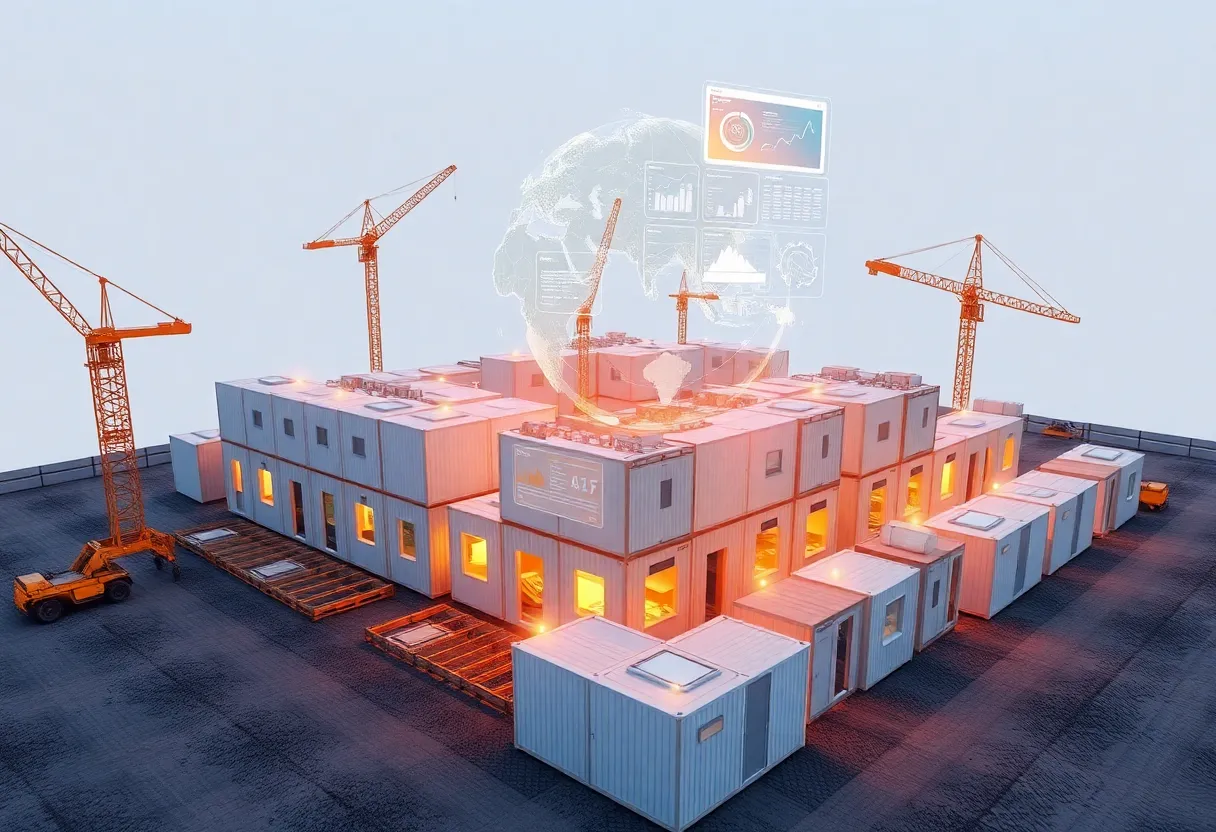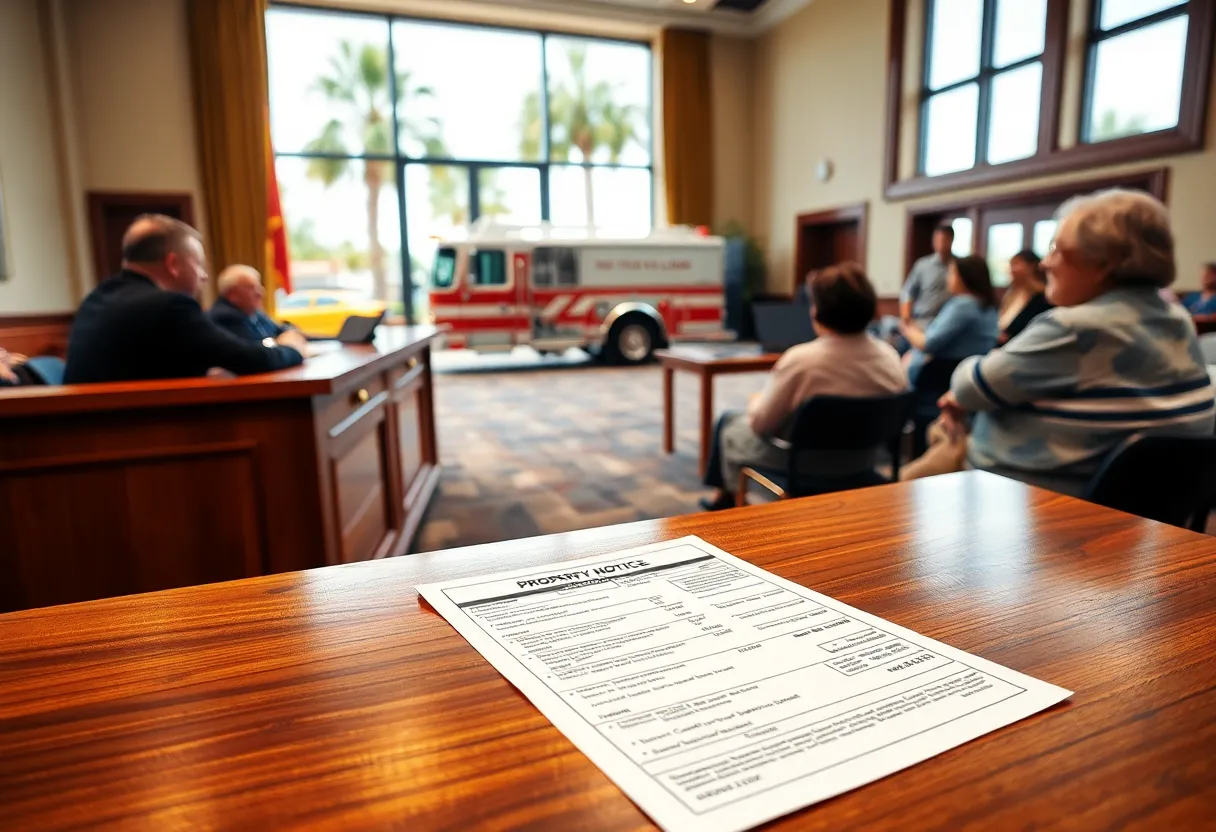Ansan, South Korea, August 15, 2025
News Summary
A research team at Hanyang University ERICA has developed a digital twin–enabled facility management system (DT-FMS) tailored for relocatable modular buildings. The framework integrates BIM, IoT and GIS across three layers—physical, digital and service—to enable real-time monitoring, lifecycle performance analysis, logistics simulation and decision support for module distribution and reuse. A field case using a relocatable modular school project in South Korea demonstrated improved management efficiency, better-informed relocation planning and enhanced potential for circular reuse. The study highlights needs for platform interoperability and workforce training to scale digital twin solutions in modular construction.
Digital twin–enabled facility management framework for relocatable modular buildings moves from theory to applied case study
The latest study from a research team led by an Associate Professor from Hanyang University ERICA introduces a digital twin–based framework for facility management of relocatable modular buildings (RMBs). The system, named DT‑FMS, combines BIM (building information modeling), IoT, and GIS to enable real‑time monitoring, performance analysis, and logistics simulations across a building’s lifecycle. The work, dated August 14, 2025, presents a structured approach designed to support rapid relocation, reuse, and lifecycle decisions for modular units.
At the core of the framework is a three‑layer architecture consisting of a physical layer, a digital layer, and a service layer. The physical layer tracks real‑world components such as resources, modular units, and people, enabling direct communication among on‑site actors and equipment. The digital layer houses modeling tools, data integration, and analytics that fuse information from BIM, IoT sensors, and geographic data. The service layer provides the user interface for monitoring, control, and informed decision making throughout the building’s life cycle.
The project emphasizes that bim‑based 3D modeling supports comprehensive building information, while IoT contributes real‑time sensor data, and GIS supplies critical geographic context to back up location‑based logistics decisions for modular units. This integrated digital twin model enables ongoing evaluation of performance and logistics scenarios, from initial assembly to relocation and potential reuse in future projects.
Case study and practical implications
A case study on a relocatable modular school system in South Korea demonstrates practical application of the framework. In this context, the DT‑FMS enhanced decision making related to module distribution and reuse, yielding improvements in overall management efficiency across the project’s lifecycle. The study frames digital twins as a tool to support circular economy goals by facilitating reuse, reconfiguration, and optimal relocation of modular units, thereby reducing waste and increasing value over repeated project cycles.
Publication details and editorial context
The research paper is attributed to Truong Dang Hoang Nhat Nguyen and collaborators and is published in an Automation in Construction volume for 2025, under the DOI 10.1016/j.autcon.2025.106249. The summary of the work on the hosting page notes that the material was reviewed according to a formal editorial process and policy, with content fact‑checking and proofreading completed. A disclaimer indicates that the summary was automatically generated, and readers are invited to engage with the content through standard site features such as sharing, commenting, and contacting editors.
Broader context and related notes
Beyond the DT‑FMS study, the page hosts additional modular‑construction context and industry updates, illustrating a broader trend toward modular and off‑site construction with ongoing attention to regulations, cost considerations, and logistics. The surrounding information highlights ongoing investments in modular housing programs and demonstrations of larger modular projects, as well as regulatory and market dynamics that can influence deployment of digital twin approaches in RMBs.
Frequently asked questions
- What is the DT‑FMS?
- A digital twin–enabled facility management system that integrates BIM, IoT, and GIS to monitor, analyze, and simulate logistics and lifecycle decisions for relocatable modular buildings.
- What are the core layers of the framework?
- The framework comprises a physical layer for real‑world tracking, a digital layer for modeling and analytics, and a service layer for monitoring and decision support throughout a building’s life cycle.
- What does the case study show?
- The case study on a relocatable modular school in South Korea demonstrates improved decision making for module distribution and reuse and reports increased management efficiency.
- What technology domains are integrated?
- BIM provides 3D modeling and information, IoT supplies real‑time data, and GIS offers geographic context for logistics and location‑based decisions.
- What is the potential impact of this framework?
- By enabling reuse, reconfiguration, and optimal relocation of modular units, the framework supports circular economy goals and reduces waste across project cycles.
- Where can the research be found?
- The work is published in Automation in Construction with the DOI 10.1016/j.autcon.2025.106249.
Key features at a glance
| Feature | Description |
|---|---|
| Digital twin concept | Creates a digital replica of physical RMB assets to support real‑time data, analytics, and informed decision making. |
| DT‑FMS framework | An integrated system that combines BIM, IoT, and GIS for facility management of relocatable modular buildings. |
| Three‑layer architecture | Physical, digital, and service layers coordinate real‑world assets, modeling tools, and user interactions for lifecycle management. |
| Real‑time monitoring | Continuous tracking of modules, resources, and stakeholders to support timely decisions and logistics planning. |
| Lifecycle decision support | Simulations and analytics guide module distribution, reuse, and relocation across project cycles. |
| Case study | Demonstrated improved management efficiency and enhanced decision making for a relocatable modular school system. |
| Circular economy alignment | Highlights how digital twins enable reuse, reconfiguration, and optimal relocation to minimize waste and maximize value. |
| Publication details | Research published in Automation in Construction (2025); DOI 10.1016/j.autcon.2025.106249. |
Deeper Dive: News & Info About This Topic
Additional Resources
- Tech Xplore: Digital‑twin framework for relocatable modular buildings (Hanyang University)
- Wikipedia: Digital twin
- Korea Bizwire: Modular construction takes off in South Korea
- Wikipedia: Modular construction
- Korea Bizwire: LG’s modular smart cottage in Korea
- Google Search: smart modular cottage South Korea
- Reuters: South Korea plans two new large nuclear reactors
- Encyclopedia Britannica: Search — South Korea nuclear power
- Bloomberg: South Korea turning to small reactors
- Google Scholar: small modular reactors South Korea





